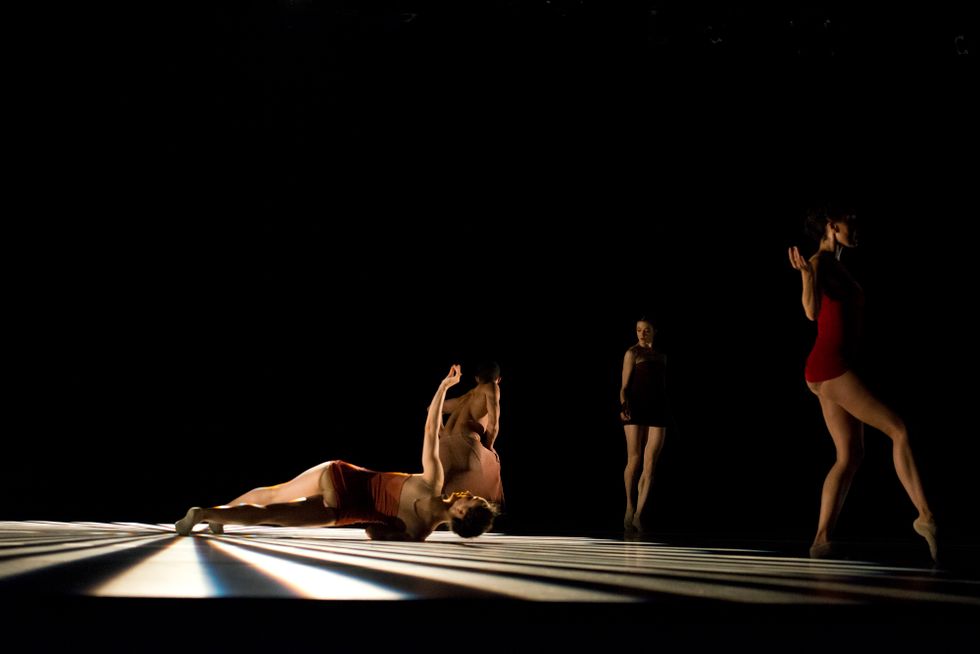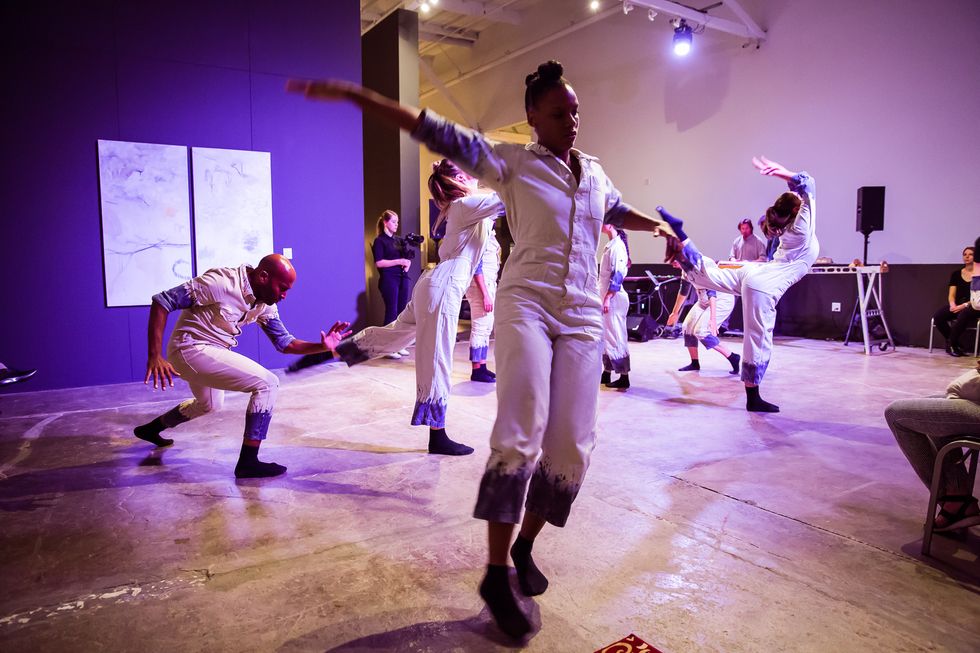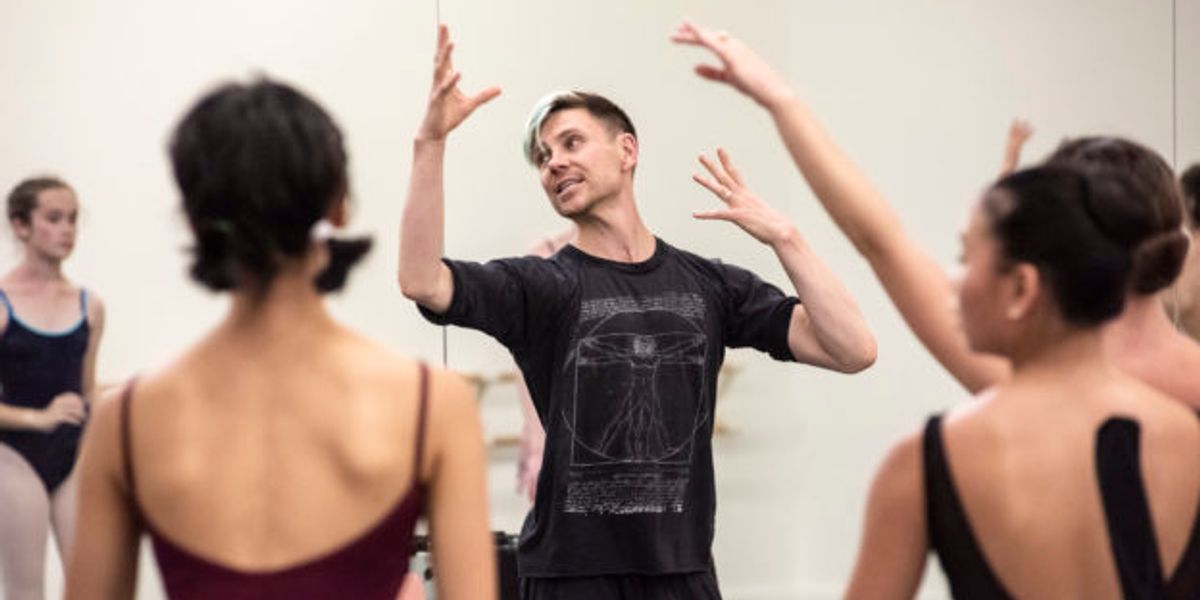How to Conquer the (Very Real) Postshow Blues
Of all the emotions that come with shows—excitement, nervousness, joy, fear—depression may not be one that artists expect to feel. “The first few years I was presenting work, I would get pretty depressed after a show ended,” says Robert Dekkers, artistic director of Post:Ballet. “You build all year towards this thing and then it’s done, and it’s not like you have a painting to hang on your wall.”
The sadness that comes after a performance can feel incredibly isolating. Often referred to as the “postshow blues,” this bout of depression can leave dancers feeling melancholy, anxious, panicky or even sleepy, and can make it difficult to transition to the next project. But with a strategic approach, the postshow blues needn’t keep you down for long.

Noah Berger, Courtesy Dekkers
Know What’s Coming
The curtain falling signifies more than just the end of a show. It can mean the end of creative stimulation, camaraderie, being physically and mentally challenged and having a sense of purpose. It can also be stressful if there isn’t another source of income lined up.
Psychologist Nadine Kaslow points to the chemical mechanisms at play: Stress hormones are activated during preparation for intense physical activity, and they withdraw when you suddenly stop that activity. This can leave you feeling dissatisfied and depleted. Kaslow suspects the postshow blues are caused by a combination of these chemical factors and psychological factors such as burnout, exhaustion or even the feeling of having to put on an act for audience members.
Dekkers finds that the creative process can be all-encompassing—leaving an empty void when it suddenly stops. “It’s not just the creative work. It’s the fundraising, the grant-writing, the meeting with collaborators,” he says. “It can be consuming in a way that’s really satisfying, but there’s that vacuum afterward.”

Post:Ballet in Dekkers’ Mine Is Yours
Natalia Perez, Courtesy Dekkers
Take a Break
Though it may be tempting to jump right into the next thing, Kaslow says there is value in taking some time off between projects. Crystaldawn Bell, a dancer with Margaret Jenkins Dance Company, sets a transition timeline for herself. “I feel like I need a day or two to put a bow on it,” she says. “That’s enough time for me to take it all in and understand the positives and negatives.”
Dekkers journals to identify areas for growth, and connects with cast and creative team members to collectively digest and celebrate. “That perspective shift helps with the downs,” says Dekkers. “Realizing ‘Oh, it’s not about me. I was a part of it and I’m grateful, but it doesn’t revolve around me’ makes the work so much richer.”
Movement is key for managing negativity. “I try to supplement the time I was in rehearsal with other active things,” says Bell. Kaslow recommends low-key exercise like yoga in addition to prioritizing healthy sleeping and eating habits. Allow yourself some downtime: Bell finds that a head-clearing activity like playing video games helps her decompress.

Kegan Marling, Courtesy Bell
Set Yourself Up for Success
Having time for rest after a show’s conclusion means preparing for what’s next while you’re still mid-project. If your schedule allows, attend auditions, keep an ear to the ground for opportunities and take class from artists you’re interested in working with to pave the way for a smooth transition and provide something to look forward to—emotionally and financially.
Having other work, dance-related or not, can give you a sense of stability during a shift. Bell is a devoted ballet and modern teacher, and appreciates that teaching gives her a framework to schedule her performances around.
Remember that what you get out of a show lasts far longer than the length of the run. “My entire M.O. is dancing for people who make me feel good,” says Bell. “It’s not about the show. It’s about making connections and enhancing people’s lives while they are enhancing yours.”




